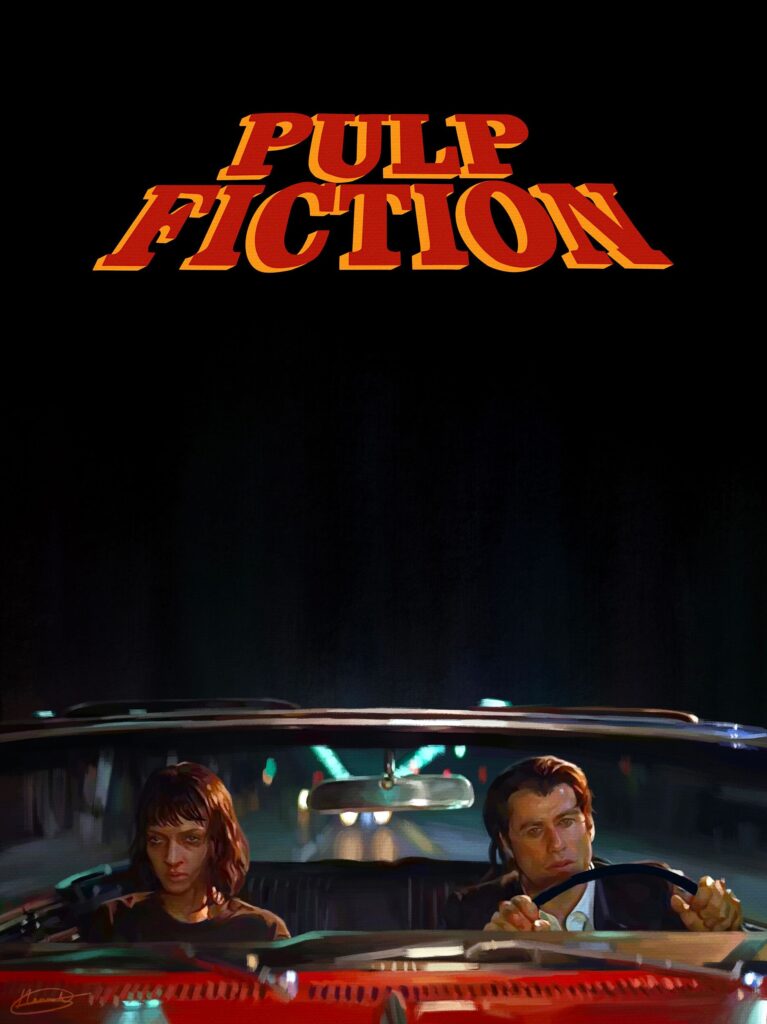
Nearly three decades after its explosive debut, Quentin Tarantino’s *Pulp Fiction* remains an undisputed landmark in cinematic history. It wasn’t just a movie; it was a cultural reset, defying conventional narrative structures and cementing Tarantino’s status as a visionary auteur. This magnum opus, released in 1994, continues to influence everything from contemporary filmmaking to the very fabric of internet meme culture, proving its enduring, indelible impact on popular consciousness. Its legacy is rich with unforgettable characters, quotable dialogue, and scenes that are etched permanently into our collective memory.
Among the film’s many iconic moments, one stands out for its sheer unexpectedness and indelible mark: the dance sequence between hitman Vincent Vega and mob wife Mia Wallace at the retro-themed Jackrabbit Slim’s. This seemingly straightforward scene, wherein two characters partake in an impromptu twist contest, transcended its simple premise to become “cinematically iconic in its own right.” It generated “a couple decades’ influence on popular culture,” a testament to its magnetic power and the profound connection it forged with audiences worldwide.
What many might not realize, however, is that the electrifying energy and raw authenticity of this legendary dance-off stemmed not from meticulous choreography, but from spontaneous improvisation. This wasn’t a pre-planned spectacle; it was a carefully constructed moment of unscripted brilliance. It stands as a masterclass in how Tarantino’s directorial genius, combined with the talents of his cast, harnessed spontaneity to build drama and character, ultimately proving that any truly “great scene is put together: shot by shot,” even when the steps themselves are made up on the spot.
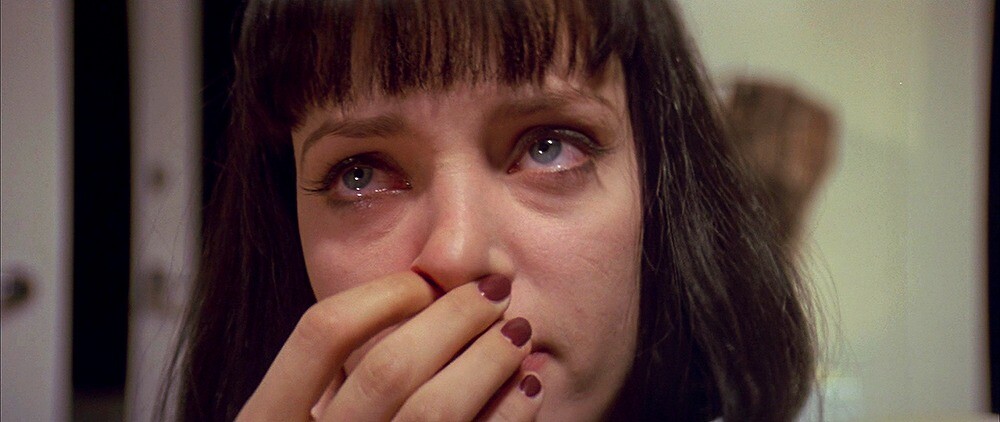
1. **The Scene’s Narrative Significance**Within the sprawling, non-linear narrative of *Pulp Fiction*, where violence and gore often punctuate the storyline, the dance scene at Jackrabbit Slim’s feels “comparatively uneventful.” Yet, this seeming calm belies a profound undercurrent of tension, as the sequence is “filled with tension and drives the story forward in unexpected ways.” Mob boss Marcellus Wallace has asked Vincent to take his wife Mia out, a request loaded with unspoken peril given Marcellus’s notorious jealousy and history of dealing with perceived rivals.
This seemingly innocent outing is a powder keg of emotional tension, subtly built through “the minutiae of the characters’ interaction.” Far from being a mere interlude, the dance is a “key part of the story development,” elevating it beyond a simple spectacle. It exemplifies Tarantino’s mastery in slowly constructing “understated dramatic elements,” a “prime example of Tarantino’s penchant” for building suspense not through overt action, but through the delicate interplay between characters and their unspoken desires.
Vincent Vega’s precarious position is paramount to the scene’s narrative weight. He should be acutely aware that “one slight misstep could result in him being thrown off a building like Tony Rocky Horror.” Yet, in “this saccharine, amusement park environment” of Jackrabbit Slim’s, he gradually begins to relax. This relaxation is dangerously deceptive; “the more Vincent relaxes, and the more flirtatious Mia becomes, the danger of the situation increases,” creating a potent cocktail of attraction and impending doom.
Read more about: Beyond the Breeze: Unpacking the Enduring Saga of Marilyn Monroe’s Iconic White Dress from ‘The Seven Year Itch’

2. **Jackrabbit Slim’s Diner Setting**The choice of Jackrabbit Slim’s as the setting is crucial, providing a visually distinctive backdrop that is quintessential Tarantino. Though a “fictional restaurant,” it was “likely inspired by one of Tarantino’s favorite West Hollywood haunts, Barney’s Beanery,” where he supposedly wrote much of the script. The diner is an immersive, themed environment, explicitly “steeped in Route 66, vintage Americana nostalgia,” creating a surreal atmosphere that Vincent Vega himself astutely observes is “like a wax museum with a pulse.”
Every detail within Jackrabbit Slim’s contributes to its unique, almost theatrical, ambiance. The “staff are all dressed as old school Hollywood icons,” from Marilyn Monroe to Buddy Holly, enhancing the retro fantasy. The “booth is made from a cut-up retro car,” and “vintage movie posters line the walls,” while a dance floor invites patrons to “sock-hop to golden oldies.” This meticulous set dressing, along with the props and costumes, required a thorough “script breakdown” to realize Tarantino’s vision.
This “sentimental retro milieu” serves a sophisticated dual purpose within the scene. On one hand, it’s a wonderfully amusing and nostalgic setting. On the other, it creates a “sharp contrast to the world that this gangster and gangster’s wife come from,” amplifying the tension. This playful “mockery of America’s sentimental love of its own ‘glory days'” subtly escalates the stakes, lulling Vincent into a false sense of security while the true danger of his situation remains ever-present.
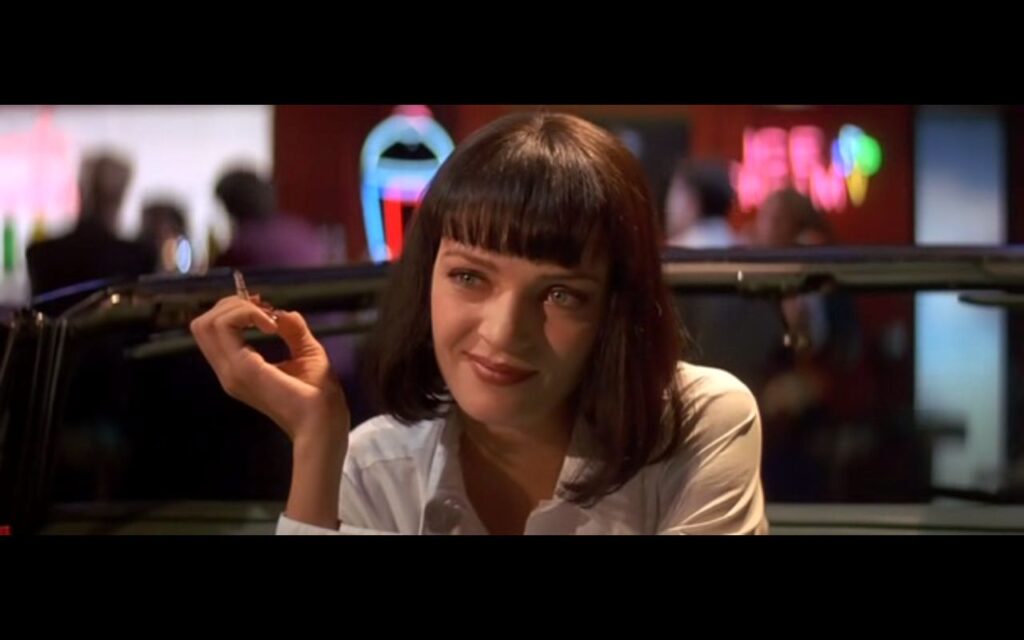
3. **Tarantino’s Homage to “Bande à part”**Quentin Tarantino is celebrated for his deep reverence for cinematic history, famously incorporating elements and direct homages from his favorite films into his own work. This practice of “paying homage to cinematic history is a hallmark of Tarantino’s style.” The *Pulp Fiction* dance scene is a prime example, serving as a direct “reference to one of Tarantino’s favorite films, Jean-Luc Godard’s *Bande à part*,” so much so that Tarantino “even called his production company Band Apart.”
The connection to Godard’s 1964 French New Wave classic is remarkably clear. *Bande à part* features “an unexpected dance scene in a restaurant setting” that occurs “totally out of context, of nowhere.” Tarantino confessed his admiration for this particular element, stating he “loved the odd placement of it” and repurposed “that idea into the *Pulp Fiction* dance scene.” He even “complained that too few picked up this one,” indicating how integral this specific inspiration was to him.
Tarantino’s fondness for these seemingly spontaneous musical sequences runs deep. He explained that his favorite ones “have always been in Godard, because they just come out of nowhere. It’s so infectious, so friendly. And the fact that it’s not a musical, but he’s stopping the movie to have a musical sequence, makes it all the more sweet.” This deliberate choice of “juxtaposing the sweetness and friendliness of the dance” against the gritty reality of Vincent and Mia’s criminal lives powerfully underscores the film’s thematic complexities.

4. **The Pulp Fiction Dance Song “You Never Can Tell”**Tarantino’s discerning taste in music is legendary, often characterized by his ability to pluck “off the beaten path” tunes that perfectly underscore the mood of his scenes. For the dance contest in *Pulp Fiction*, a predictable choice like Chubby Checker’s “The Twist” “would be too obvious.” Instead, Tarantino opted for Chuck Berry’s “You Never Can Tell,” a track so distinctive yet uncommonly heard that it “can be hard to even remember the Pulp Fiction dance scene song name, as this is one of Berry’s lesser hits.”
The song’s lyrics carry a thematic resonance that subtly enhances the scene’s underlying narrative. “You Never Can Tell” is “a song about a shotgun teenage wedding,” painting a picture of youthful, impulsive romance. This narrative “recalls the vintage car aesthetic of the diner and the story of a delinquent teenage couple running off to get married.” The song’s mention of a “cherry red souped up jitney” likely appealed to Tarantino, tying it perfectly into the retro setting.
This musical choice once again highlights Tarantino’s “penchant for sharp contrast.” The song’s “naïve delinquency juxtaposes the real criminality of the world Mia and Vincent come from,” creating a fascinating dissonance. Here they are, “twisting in their socks in this sentimental retro milieu,” engaging in a seemingly innocent act while their lives are steeped in danger. The song becomes more than just a soundtrack; it’s a commentary on their world, momentarily softened by a nostalgic melody.
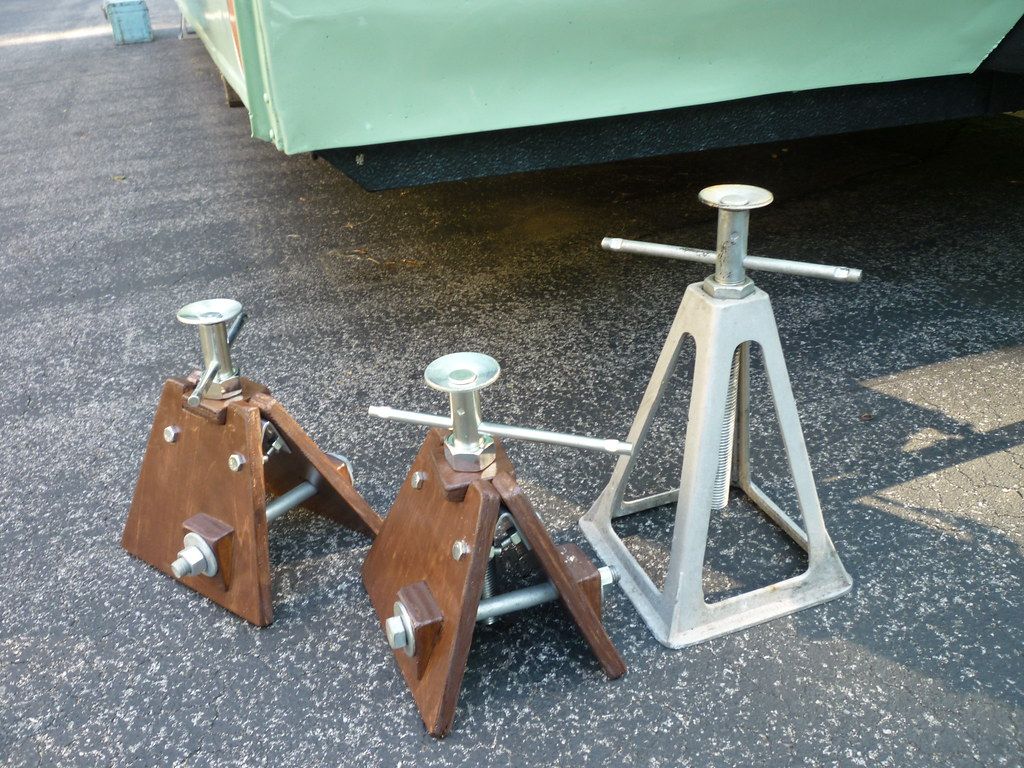
5. **The Improvised Choreography**The most fascinating revelation about the iconic dance sequence is its unscripted nature, a deliberate choice by Tarantino to heighten authenticity. “Another element that helped escalate the emotional tension of the Pulp Fiction scene dance was that Tarantino supplied no choreography.” Instead, the actors “were asked to improvise,” and this “spontaneous quality” is palpable throughout the scene, lending it an raw, immediate energy.
This improvisation often surprises fans, many of whom believed the John Travolta *Pulp Fiction* dance sequence “must have been written with the actor in mind.” However, Tarantino clarifies this misconception, stating, “Everybody thinks that I wrote this scene just to have John Travolta dancing. But the scene existed before John Travolta was cast.” This demonstrates that the improvisational core was a fundamental creative decision, not merely a response to Travolta’s casting.
The director’s decision to place “the choreography in the hands of the actors hastened a more authentic, electrifying energy in this case.” This spontaneous approach “forced the actors to respond to each other in the moment,” fostering “physical and emotional mirroring that makes their interpersonal dynamic all the more vivid.” It infused the scene with a genuine, unrepeatable spark, giving a “special ‘twist'” to what could have otherwise felt like a derivative homage.
Read more about: Beyond The Script: 12 Unforgettable On-Screen Moments That Genuinely Surprised Actors
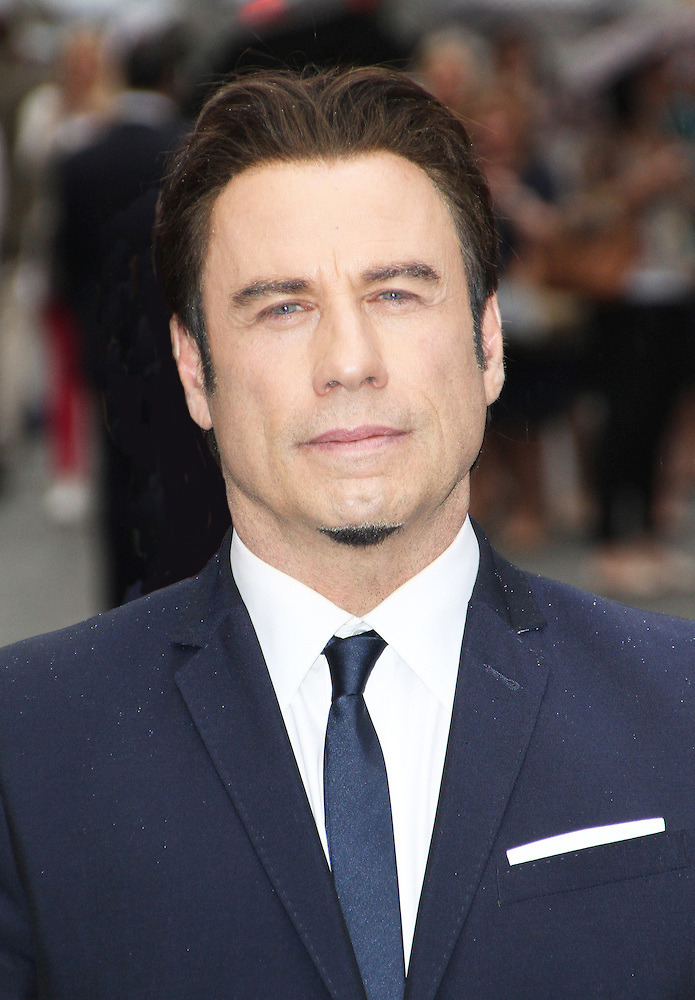
6. **John Travolta’s Dance Contributions**While the concept of the improvised dance existed prior to his involvement, John Travolta’s casting proved incredibly “fortuitous.” Tarantino, despite being “dead-set on both of us doing the twist,” understood that Travolta’s natural talent could elevate the scene. Travolta, with his legendary dance background from films like *Saturday Night Fever* and *Grease*, “of course had some ideas on how to make ‘The Twist’ a bit more compelling” than a simple, repetitive movement.
Travolta personally suggested expanding the scope of the dance moves, drawing from his own formative experiences. He recounted telling Tarantino, “When I was growing up, there were novelty dances. There were dances like the swim and the Batman and the hitchhiker and the tighten up. Maybe we should widen the spectrum on this.” Consequently, he “threw The Batman, The Swim, The Jerk, The Monkey, The Hitchhiker, and more into the mix,” enriching the visual tapestry of the performance.
This moment showcased Tarantino’s wisdom in knowing “when to defer to the star of *Saturday Night Fever*,” despite his reputation for being “unwilling to compromise his ambitions and obsessions.” Travolta’s “real-life dancing skills and instincts” were invaluable, and the “piling on even more vintage pop culture references must have delighted Tarantino,” making the dance scene an even richer, multi-layered homage to retro Americana and cinematic history.
Read more about: Still Shining Bright: A ‘Then and Now’ Look at 12 Beloved Stars Who Defined the 1970s
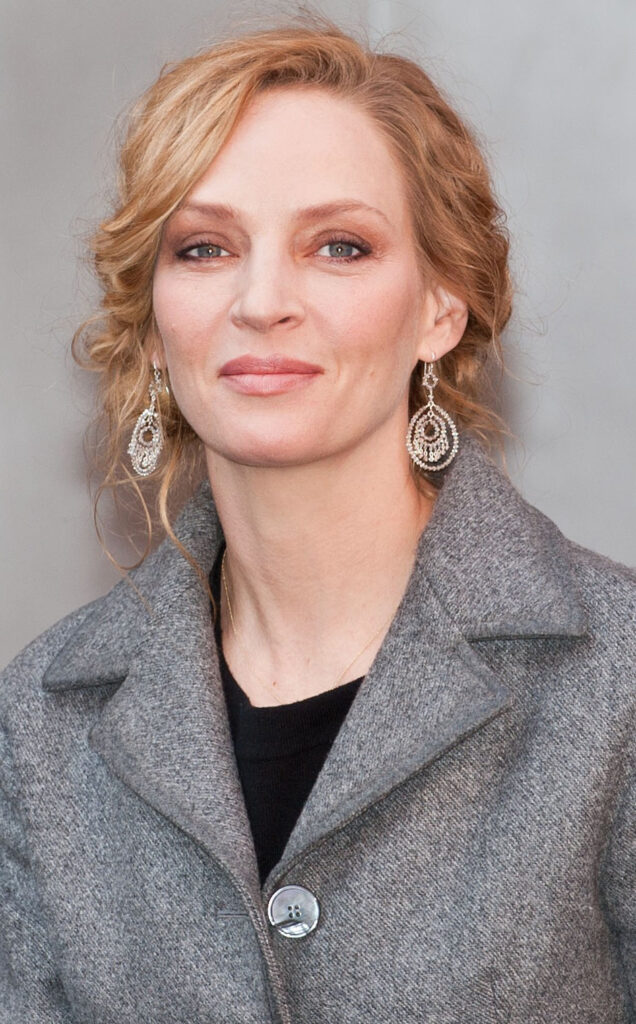
7. **Uma Thurman’s Initial Reluctance and Performance**In stark contrast to Travolta’s innate comfort on the dance floor, Uma Thurman initially found the prospect of the improvised dance daunting. “Initially, Thurman was terrified to dance, let alone improvise, and felt “big and awkward.” This personal challenge, however, ultimately “illustrates the benefit of pushing an actor past their comfort zone,” as her eventual performance became nothing short of mesmerizing.
Despite her initial apprehension, Thurman’s portrayal of Mia Wallace firmly established her character’s commanding presence in the scene. As choreographer Lauren Yalango-Grant observed, “Uma Thurman’s character is definitely the one in control.” This artistic choice, where “your deciding how your character walks, talks, breathes; of course would translate into choreography,” perfectly aligned with Mia’s enigmatic and powerful persona.
Thurman imbued Mia’s dance with subtle yet impactful physical details. She utilized “her painted red nails” with “little finger movements,” adding a touch of sophisticated allure. Her distinctive “bob and the cut of her hair” were leveraged by “flipping her head a lot,” creating dynamic visual flair. These deliberate choices contributed to Mia’s captivating and confident demeanor, ensuring her performance was as authentically “electrifying” as her legendary partner’s, despite her initial fears.
Having established the spontaneous genesis and key influences behind *Pulp Fiction*’s unforgettable dance sequence, we now turn our gaze to the meticulous craft and subtle genius Tarantino employed to elevate a simple twist contest into a cinematic masterclass. This isn’t just about what happened; it’s about *how* it happened, dissecting the layers of visual storytelling and character development woven into every frame.

8. **The Art of “Yes, And…”: Improvised Mirroring**The true magic of the dance contest lies not just in the absence of pre-set choreography, but in the collaborative spirit of improvisation between John Travolta and Uma Thurman. As choreographers Lauren Yalango-Grant and Christopher Grant pointed out, this was a masterclass in “yes and…” – a fundamental principle of improv where each participant builds upon the other’s contribution. If John Travolta initiated a move like The Batman, Uma Thurman would respond in kind, not merely imitating but adding “her own version of this sort of move,” perhaps with an open palm or a subtle flourish.
This continuous “yes and…” dynamic forged a remarkable physical and emotional mirroring between the characters. Their movements weren’t just random; they were a direct, in-the-moment response to each other, creating an undeniable current between Vincent and Mia. This intuitive interplay fostered a palpable sense of attraction and unspoken tension, a delicate “pull and push” that constantly reminded the audience of the precarious, yet undeniably compelling, bond forming between them.
The improvisational nature ultimately served to amplify their interpersonal dynamic, making it feel startlingly authentic and alive. It allowed the actors to truly inhabit their roles and react organically, pushing their characters beyond mere dialogue into a realm of pure, visceral connection. This spontaneity, far from being chaotic, was a structured brilliance, proving that even unscripted moments can be meticulously crafted through the synergy of talented performers.

9. **Tarantino’s Minimalist Shot Selection**Quentin Tarantino’s directorial brilliance shines through his intentional and strategic camera work, particularly in how he orchestrates the shot list for the dance scene. Far from a frenetic montage, Tarantino opts for a “minimalist” approach, designed to keep the audience’s focus precisely where he wants it: on the characters and their evolving dynamic. This choice elevates the sequence beyond mere spectacle, transforming it into a crucial storytelling device.
The scene begins by establishing the broader context, with a few wide shots that allow the audience to soak in the surreal, retro atmosphere of Jackrabbit Slim’s. However, as the conversation between Mia and Vincent deepens in their booth, Tarantino strategically employs close-up shots. This shift is critical; the “bright, jangly diner around them recedes into the background,” pulling our attention “to the intricacies of their dialogue and the building energy between them.” This intimacy escalates the sense of both flirtation and danger.
Once the dance contest is announced, a few more wide shots briefly bring us back to the larger setting as Mia and Vincent approach the stage. But crucially, after the initial full shot and a few wide shots to establish the dance, the camera remains “locked in on Vincent and Mia — just as they are to each other.” Tarantino eschews the multi-shot, athletic dance sequences typical of other films, instead using two-in-profile and close-ups to emphasize their intense eye contact, ensuring that every subtle shift in their interaction is captured, meticulously building the scene’s undercurrent of tension and connection.

10. **The Vulnerability of Bare Feet**A small yet profoundly symbolic detail in the *Pulp Fiction* dance scene is the moment Vincent and Mia take off their shoes before stepping onto the stage. While the script notes this action is “per dance contest rules,” Tarantino’s decision to capture this specific shot with deliberate attention speaks volumes about its deeper meaning. It’s a moment that briefly exposes the characters in a unique way, adding a subtle layer to their already complex personas.
This act of removing their footwear serves as a potent visual metaphor for vulnerability. In a world defined by violence and treachery, where a gangster’s readiness is paramount, being shoeless signifies a momentary lapse in defense. As the context pointedly suggests, “A gangster without their shoes on will have trouble running away should some unforeseen incident erupt.” This seemingly innocuous detail subtly escalates the underlying tension, reminding the audience that even in this “saccharine, amusement park environment,” danger is never truly far off.
The shot of their bare feet on the dance floor is a fleeting glimpse into a different side of these characters—a side where they are temporarily disarmed and exposed. It suggests a stripping away of their hardened exteriors, allowing for a more intimate, albeit risky, connection to form. This vulnerability, paradoxically, makes their focused “death stares” even more compelling, highlighting the profound contrast between their playful actions and the serious stakes of their lives.
Read more about: 59 Years Ago, Jack Nicholson Starred In — And Wrote One Of — Two Unseen Western Masterpieces That Redefined A Genre

11. **Homage to “The Aristocats” and Feline Grace**Beyond the direct reference to Godard’s *Bande à part*, Tarantino, ever the film connoisseur, drew inspiration from an unexpected source for Mia Wallace’s dance persona: Disney’s animated classic, *The Aristocats*. This seemingly disparate influence offers a fascinating glimpse into the nuanced layers Tarantino imbues his characters with, even in a scene rooted in spontaneity.
Tarantino revealed that he specifically wanted Mia’s movements to evoke the “Zsa Zsa Gabor cat (Duchess)” from *The Aristocats*. This inspiration manifested in Mia’s “catlike, feline-prowling” kind of movement, imbued with an elegant, almost predatory grace. Choreographer Lauren Yalango-Grant pointed to specific moments, like Duchess’s “little hand on the hip and the arm up,” as direct visual echoes translated into Uma Thurman’s performance.
This feline quality perfectly encapsulates Mia Wallace’s enigmatic and powerful presence in the scene. She is definitely “the one in control,” and her deliberate “little finger movements” with her painted red nails, coupled with the way she uses “her bob and the cut of her hair” by “flipping her head a lot,” all contribute to a sophisticated, alluring, and distinctly Mia-like dance. It’s a testament to Thurman’s ability to translate specific directorial visions, even whimsical ones, into a captivating, authentic portrayal that solidifies Mia’s captivating character.
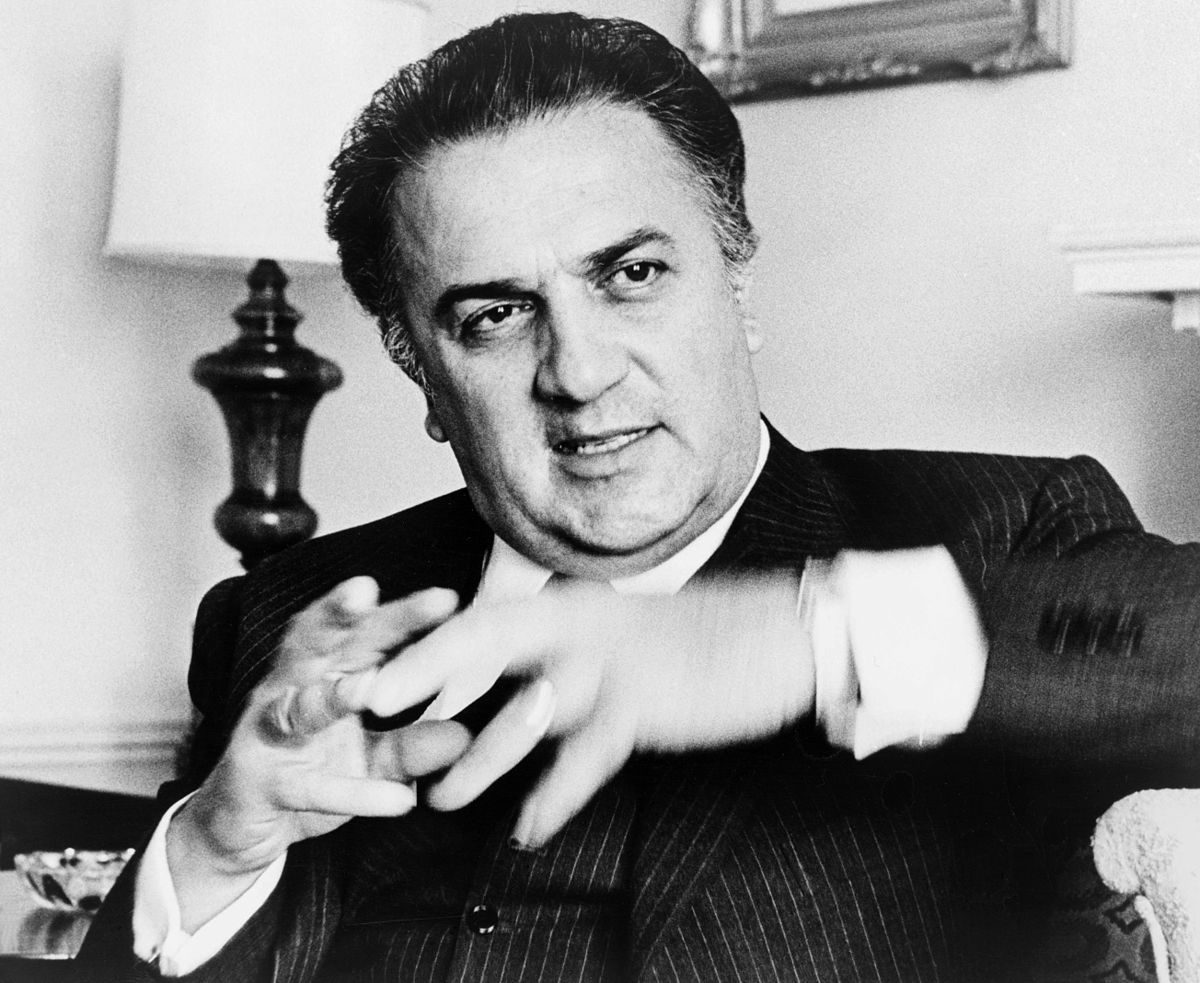
12. **Echoes of Fellini and Fred Astaire**Tarantino’s cinematic reverence extends far beyond singular inspirations, often weaving a tapestry of homages that enrich his work without ever feeling derivative. The *Pulp Fiction* dance scene, in its deeper visual and structural elements, carries the echoes of European art house cinema and Hollywood musicals alike, further solidifying its place as a multi-layered artistic statement.
Tarantino’s cinematic reverence extends far beyond singular inspirations, often weaving a tapestry of homages that enrich his work without ever feeling derivative. The *Pulp Fiction* dance scene, in its deeper visual and structural elements, carries the echoes of European art house cinema and Hollywood musicals alike, further solidifying its place as a multi-layered artistic statement.
Choreographers Lauren and Christopher Grant noted visual and structural similarities to Federico Fellini’s *8 ½*. They highlighted a moment in Fellini’s film where “a man and a woman doing the twist; facing off,” directly mirroring the intense, almost confrontational dynamic between Vincent and Mia. This parallel suggests a shared language of cinematic storytelling, where the dance becomes a battleground of wills and unspoken desires.
Additionally, the scene subtly nods to classic Hollywood musicals, specifically *The Band Wagon’s Girl Hunts Ballet*. While the *Pulp Fiction* dance is far from a musical, the choreographers observed a shared “tone”: the juxtaposition of “this sort of gangster and this female character being very deadpan in the face and very serious,” performing a dance that is “more light-hearted and silly.” This blend of serious demeanor with playful movement, a hallmark of *Pulp Fiction*, finds its roots in the sophisticated theatricality of earlier cinematic gems, demonstrating Tarantino’s genius in “stealing and making it his own.”

13. **The Dance as a Microcosm of Their Relationship**Beyond the captivating moves and clever homages, the dance scene functions as a powerful microcosm for the evolving, high-stakes relationship between Vincent Vega and Mia Wallace. It’s a masterclass in using body language and unspoken communication to advance character dynamics, all while fulfilling a dangerous assignment. The space they inhabit on the dance floor becomes a unique arena for their interaction, separate yet observed.
As the choreographers observed, despite being “in the dead center of this restaurant with people watching them the entire time,” Vincent and Mia are “almost like they’re dancing privately in their own, sort-of-like, living room space.” This intimate bubble, formed amidst the public spectacle, allows for a temporary respite from the world’s intensity, a moment where their likeness for each other can subtly develop. Their focused eye contact and physical mirroring transform the twist contest into a deeply personal dialogue.
The scene brilliantly illustrates the profound tension of Vincent’s mission: to both please Mia and ensure she has a good time, without crossing an unspoken line that could lead to his demise, reminiscent of Tony Rocky Horror. While Vincent appears “a little timid to like really, really get into it” at first, he gradually relaxes into the rhythm. Mia, however, remains firmly “in control,” guiding the dynamic with subtle confidence. This delicate push and pull, expressed through their improvised movements and intense gazes, becomes the emotional bedrock for the critical events that follow, making it a crucial beat in the story’s development.
Read more about: Sharon Stone’s Unvarnished Truth: Unpacking the Decades of Misogyny and the Two Co-Stars Who Stood Apart

14. **The Scene’s Enduring Cinematic Language**The dance sequence at Jackrabbit Slim’s is not merely a memorable interlude; it stands as an enduring testament to Quentin Tarantino’s unparalleled cinematic language and his ability to craft scenes that resonate deeply and lastingly. It’s a sequence that, through its intricate layers of narrative purpose, inspired setting, carefully curated music, and, most notably, its brilliant embrace of improvisation, transcends its simple premise to become truly iconic.
Tarantino’s genius lies in his synthesis. He takes influences from French New Wave, classic Hollywood, and even Disney, then blends them with his distinctive wit, stylistic flair, and an almost obsessive attention to detail. This particular scene exemplifies how he masterfully uses spontaneous human interaction—the “yes and…” of dance—to build profound dramatic tension and develop character without a single explicit word about their burgeoning connection. It is, in essence, a pure demonstration of storytelling through motion picture, where movement itself becomes dialogue.
Read more about: Goodfellas’ Unvarnished Lens: The Realities of Mob Life That Challenge Our Grandest Narratives
Ultimately, the *Pulp Fiction* dance scene is a powerful reminder of how “any truly great scene is put together: shot by shot,” even when the dance steps are made up on the spot. It cemented Tarantino’s status as an auteur who could take familiar elements and twist them into something wholly original, creating a cultural touchstone that continues to inspire, entertain, and provoke discussion nearly three decades later. Its legacy is a vibrant tapestry woven from homage, improvisation, and a singular vision, proving that sometimes, the greatest stories are told when you just let the characters dance.


